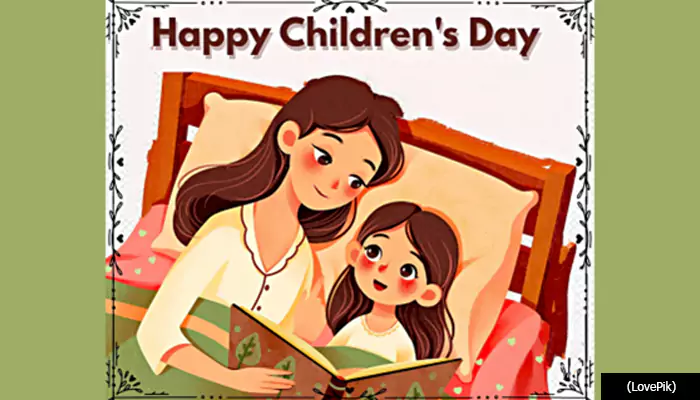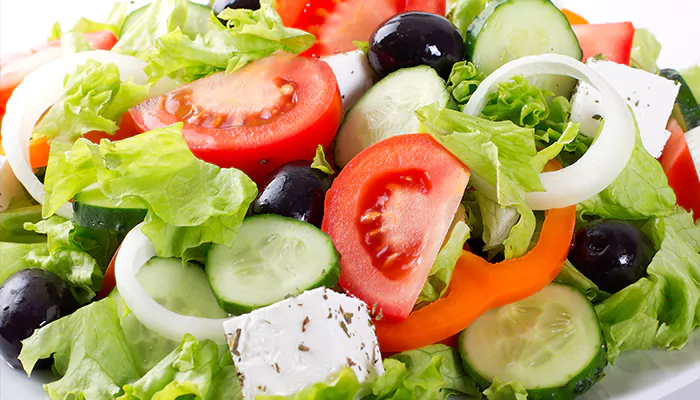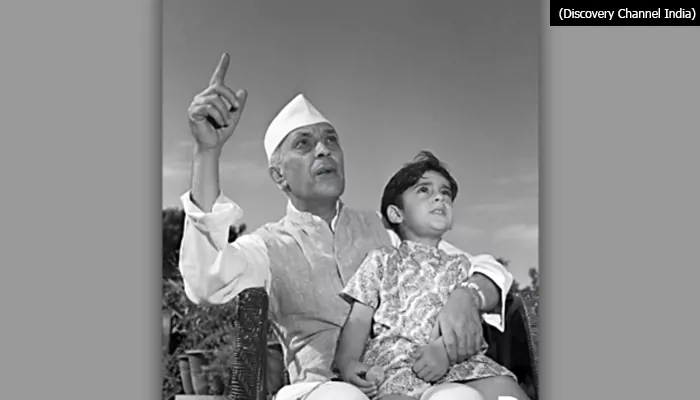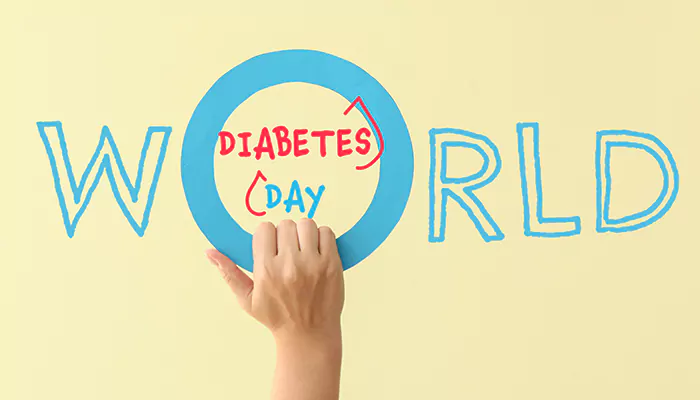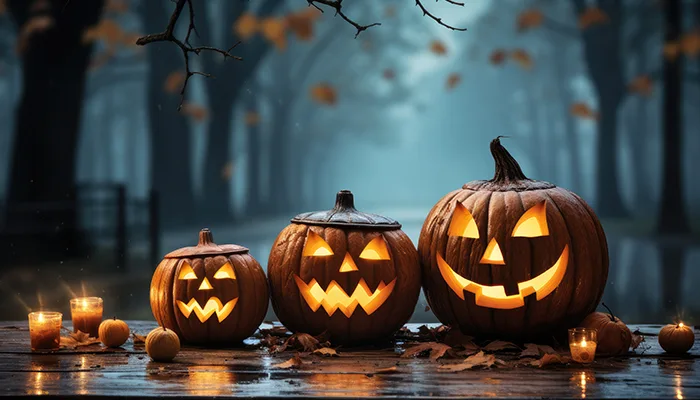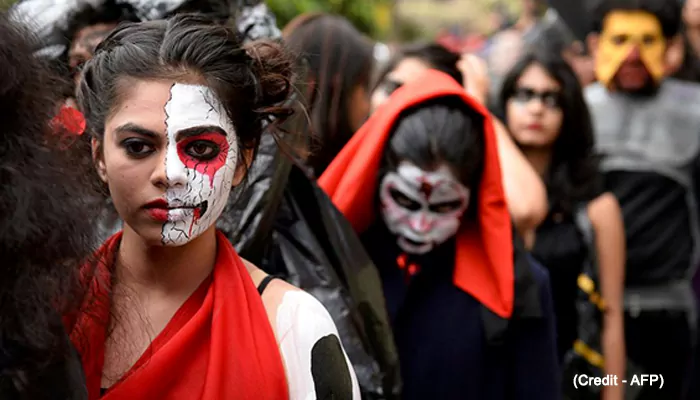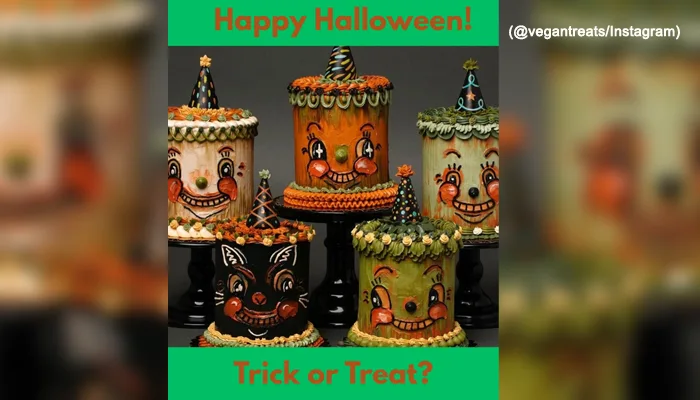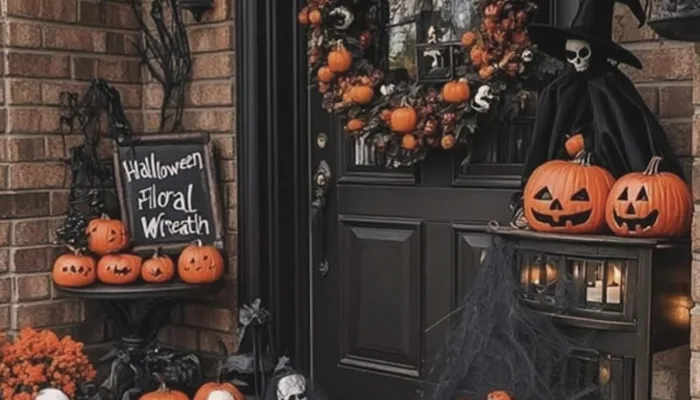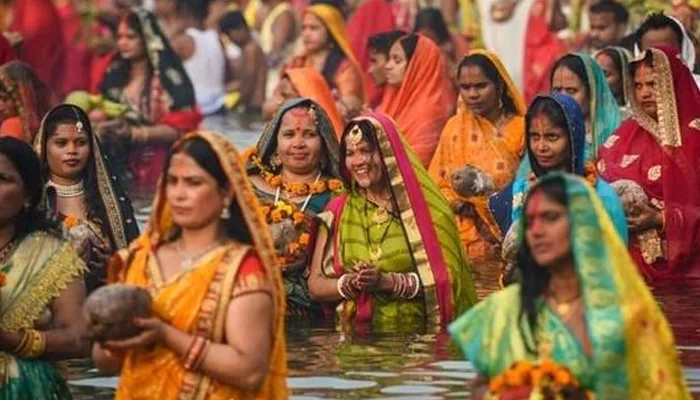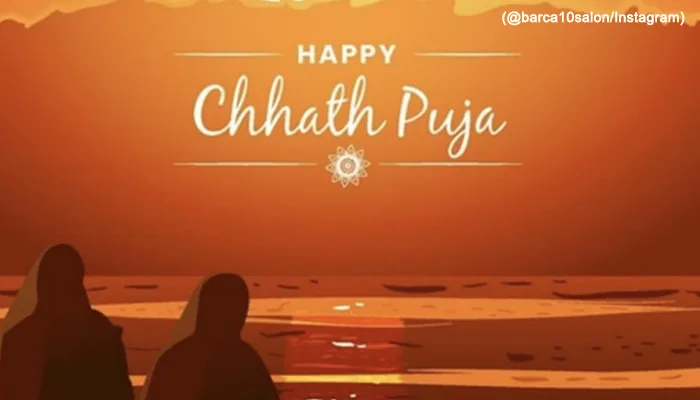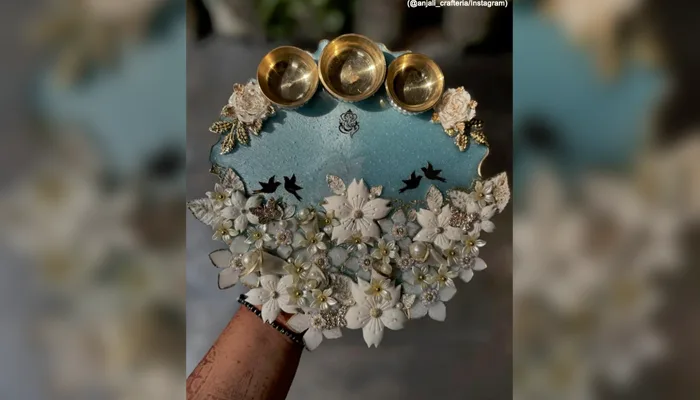From Firecrackers to OTT Premieres: How India Celebrates Diwali in the Digital Age
- Devyani
- 1 month ago
- 4 minutes read
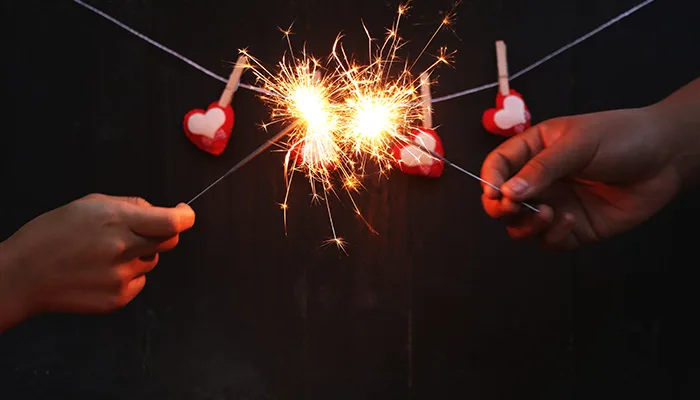
From tradition to trending hashtags - India's Festival of Lights goes digital while keeping its heart intact.
Happy Diwali to all you lovely people! Isn't it fascinating how this ancient festival has adapted over decades? We're witnessing something quite remarkable - a celebration that's simultaneously 5,000 years old and thoroughly contemporary.
The transformation isn't just surface-level either. It runs deeper. Let's learn why.
Virtual Sparks Replace Real Smoke
(@fwsim_fireworks/Instagram)
Remember when Diwali meant rushing to the local fireworks shop, haggling over sparklers and chakris? Those days haven't disappeared entirely, but they've got serious competition now. Apps like "Diwali Fireworks Game 2025" and "Fireworks Play" are pulling impressive download numbers - we're talking millions of users who prefer tapping their screens to lighting actual fuses.
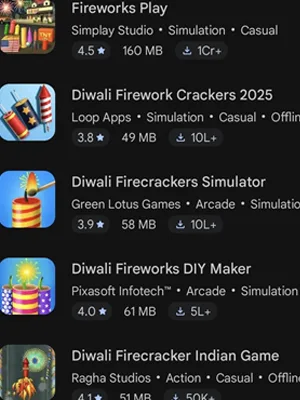
(Google Play Store)
Using augmented reality, these apps let families create elaborate firework displays right in their living rooms. No noise complaints from neighbors. No pollution concerns. Just pure, customizable spectacle that works whether you're in a Mumbai apartment or a countryside home.
However, let's be honest - there's something slightly surreal about watching your grandmother enthusiastically "lighting" virtual diyas through her phone camera. Progress, right?
Streaming Platforms Join the Celebration
OTT platforms have become unexpected Diwali destinations. This year's lineup includes everything from "Inspector Zende" on Netflix to regional gems hitting platforms like ZEE5 and ETV Win. The timing isn't coincidental. Streaming services have figured out that festive periods do captivate audiences: families gathering, leisure time abundant, everyone seeking entertainment that doesn't require stepping out.
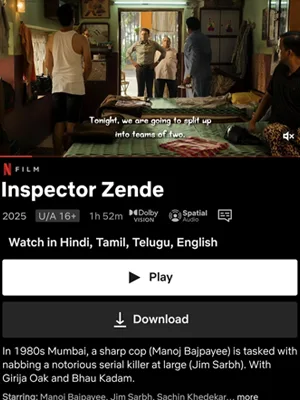
(Netflix)
Prime Video, Netflix, JioHotstar - they're all rolling out special Diwali collections and premieres. For instance, “Tehran" starring John Abraham dropped directly on ZEE5, bypassing theaters entirely. It's a strategic shift. Why compete with festive shopping and family obligations when you can become part of the celebration itself?
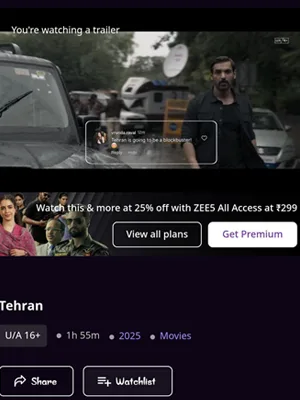
(zee5.com)
Regional content particularly benefits from this approach. Telugu films like "Uppu Kappurambu" and "Odela 2" find national audiences through digital platforms, something traditional theatrical releases rarely achieve.
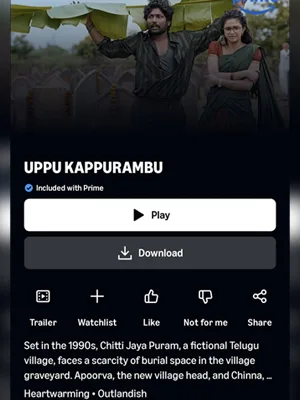
(Prime Video)
Social Media Rewrites Tradition
Instagram and TikTok have become Diwali's digital epicenters. Search #Diwali2025 and you'll find over 87,000 reels - ranging from rangoli tutorials to elaborate home decoration reveals.
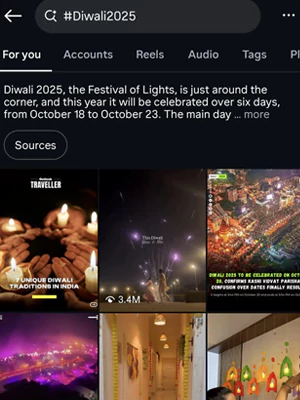
(Instagram)
The rangoli revolution deserves its own anthropological study. Traditional floor art has migrated to smartphone screens through specialized apps offering thousands of digital designs . YouTube channels like "365 Days Rangoli" and "Shilpa's Creativity" boast hundreds of thousands of subscribers, proving that ancient art forms can thrive on modern platforms.
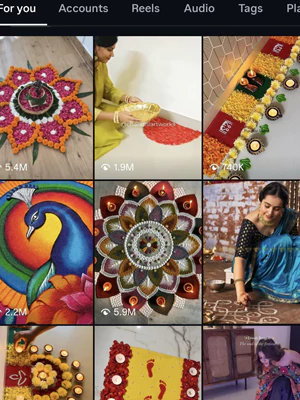
(Instagram)
Brands have caught on too. From HP India's #ChaloRoshniKiOar campaign to Tanishq's "Nav-Raani" messaging, corporate social media strategies now revolve around festive storytelling . It's marketing, sure, but it also shapes how people experience and share their celebrations.
(@hp_india/Instagram)
HP India's #ChaloRoshniKiOar campaign from 2023
The Beautiful Paradox
Here's what strikes me most about digital Diwali: it simultaneously globalizes and personalizes the experience. Families separated by continents can share virtual pujas through video calls. Apps translate Sanskrit prayers. WhatsApp forwards spread festive wishes faster than traditional greeting cards ever could. Yet somehow, the core remains unchanged. Whether you're lighting a clay diya or tapping a virtual one, the intention stays constant - celebrating light over darkness, knowledge over ignorance.
(@mimistry_of_curry/Instagram)
The festival of lights is all about having a gala time with you family and close ones.
Technology hasn't replaced tradition; it has become tradition's new vehicle. And perhaps that's exactly how evolution should work - gradually, naturally, keeping the essence while adapting the expression.
This Diwali, we're not choosing between ancient and modern. We're choosing both. Happy Diwali!


